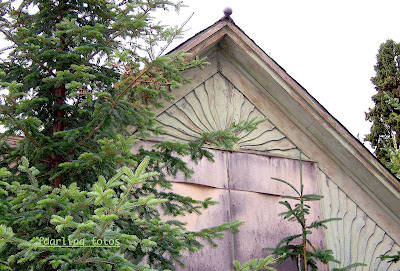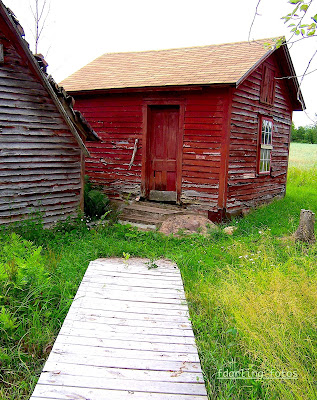 |
| Talk and Record the Past with Kids |
“Mom, did you know that after WWII Great Grandpa saw starving little kids searching in garbage cans for food in Germany and he always shared his rations with them? Their faces bothered him for the rest of his life.”
“Yes, dear, he had a hard time talking about his experiences.”
Luckily with help Great Grandpa wrote down his thoughts and created a family keepsake. Reading the keepsake helps grandkids understand why Grandpa had a soft spot for hungry children.
Someone must be very disciplined to keep a diary or daily journal, but book companies are making it easier to share the most important life experiences with generations of family to come.
The journals provide prompts and fill in the blanks for people who don’t like to write.
However, sometimes people are surprised at how much Grandpa and Grandma will write once they are given a little nudge. Life experiences and childhood memories will come tumbling out.
 |
| Retell Experiences; Make a Diary |
Many of the memory books also have space for a few very important family photos, like giving Grandma a bent over backwards smooch similar to the famous WWII photograph of a soldier and a nurse in New York City.
These memory books pass on family traditions and holiday celebrations like hanging giant holiday balls made from clear plastic cups laced with lights. They recount favorite stories that would rival the “Little House on the Prairie” series by Laura Ingalls Wilder.
The keepsake books reveal what life was like similar to the movie “The Christmas Story.” Real little people actually were stuffed into itchy woolen long underwear and puffy snow suits with soggy mittens tied with too short yarn running through the sleeves from one arm to the other. People really did touch their tongues to frozen water pumps and light poles needing rescue.
Memory books often have guided questions for grandparents to recall their scariest moments, the biggest bully on the block who stole their lunch, or the girl with pigtails who actually did have her hair dipped in the inkwell.
 |
| Read Books About Journaling |
They encourage grandparents to talk about education, love, marriage, family life, religion, military service and unique memories.
The story of life, retelling experiences, and the wiliness to share hopes and dreams for grandchildren can be recorded this season.
Here are a few of these books that also make great gifts: “For My Grandchild: A Grandparent’s Gift of Memory” by Lark Crafts; “Memories for My Grandchild” by Suzanne Zenkel; “Grandmother’s Journal: Memories and Keepsakes for My Grandchild” by Blue Streak; “For my Grandchild” by Paige Gilchrist; “Grandfather’s Journal” by Laura Westlake; and “Letters to my Grandchild” by Lea Redmond. For more keepsake ideas see grandparentsteachtoo.blogspot.com and wnmufm.org/Learning Through the Seasons live and podcasts, also on Pinterest and Facebook.
Photos: Fran Darling, fdarling fotos


